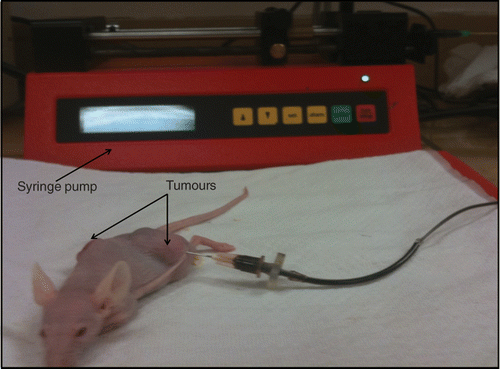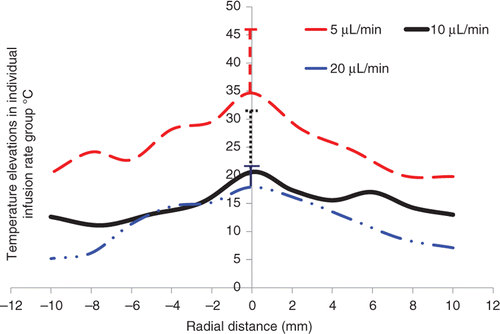Figures & data
Figure 2. Experimental setup for the animal study including the radio frequency generator, a two turn coil for generating an alternating magnetic field, a stage for placing the mouse. The image on the right shows the tumours implanted in the mouse, the needle for injecting the ferrofluid, and two thermocouple paths to map the tumour temperature distribution.
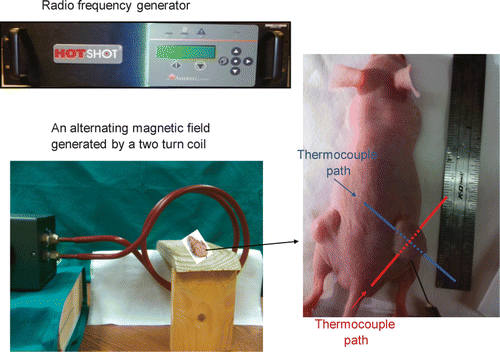
Figure 3. Typical temperature elevation profile in a tumour after steady state. The ferrofluid was injected at the 5 µL/min infusion rate.
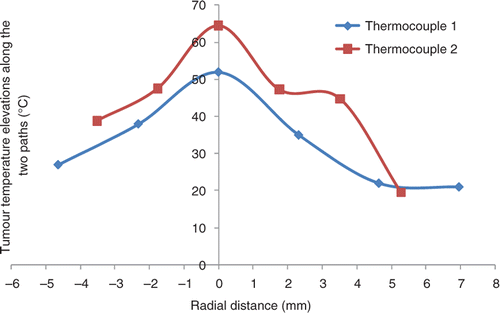
Figure 5. The effects of the ferrofluid infusion rate on both the average temperature elevations in the tumours and the calculated nanoparticle distribution volumes. The left bars represent the average temperature elevations in all tumours in individual groups, while the right bars are the calculated nanoparticle distribution volumes based on the constructed microCT scans.
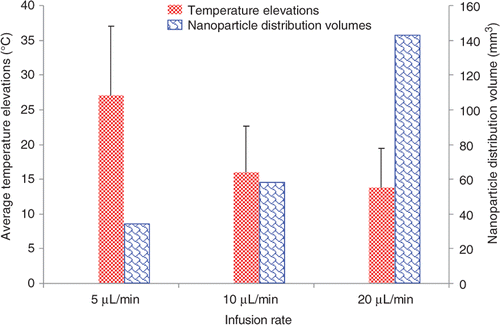
Figure 6. An obtained 3-D microCT scan image of a tumour with nanoparticle injection after the heating experiment. Red arrows represent ferrofluid filled cracks/voids within the tumour.
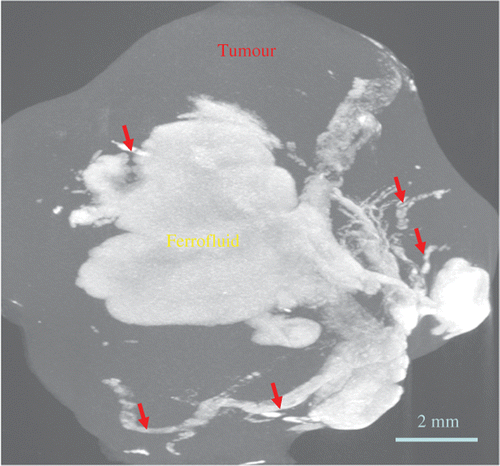
Figure 7. The percentages of occupied nanoparticle distribution volume within individual pixel index number ranges over the entire nanoparticle distribution volume, which is calculated using a threshold pixel index number of 55. The infusion flow rate of the ferrofluid is 5 µL/min.
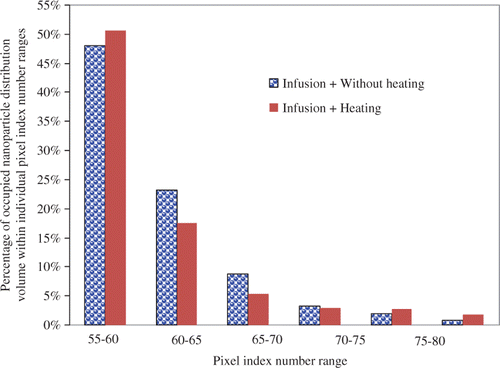
Table 1. Nanoparticle distribution volume for different pixel number ranges.
